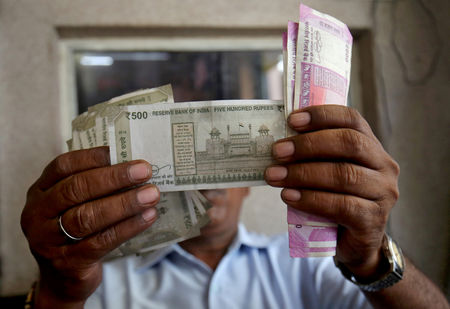
Investing.com — This week saw the release of data indicating a decline in India’s headline consumer price inflation from 5.5% year-on-year in November to 5.2% in December.
According to Capital Economics, this supports their prediction that the Reserve Bank of India (NS:BOI) (RBI) will commence its easing cycle at the next Monetary Policy Committee (MPC) meeting on February 7th, despite recent depreciation of the Indian rupee.
The fall in food inflation to 7.7% in December from 8.2% in November, along with contained underlying price pressures due to a slowing economy, are seen as key factors influencing the RBI’s potential decision.
The central bank, now under the leadership of Governor Sanjay Malhotra, is expected to cut rates, countering some analysts’ concerns that the weakening rupee might hinder this move due to fears of imported inflation.
Capital Economics argues that the RBI’s management of the rupee’s pace of depreciation suggests a shift in priorities rather than concern over imported inflation.
Despite a decrease in foreign exchange reserves, they remain at a level considered high by historical standards. The RBI’s allowance for a quicker rupee depreciation is viewed as a strategic move to enhance the competitiveness of Indian firms globally, especially as the domestic economy shows signs of weakening.
While India prepares for potential changes in its monetary policy, global attention will soon turn to the United States, where Donald Trump is set to be inaugurated for his second term as President.
The event is scheduled for next week, with a dedicated online briefing on January 21st to discuss expectations for Trump’s second term.
The impact of Trump’s proposed tariffs, particularly on China, and their potential effects on global supply chains and India’s trade, remains a significant point of interest for economists and policymakers alike.
This article was generated with the support of AI and reviewed by an editor. For more information see our T&C.
This post is originally published on INVESTING.



